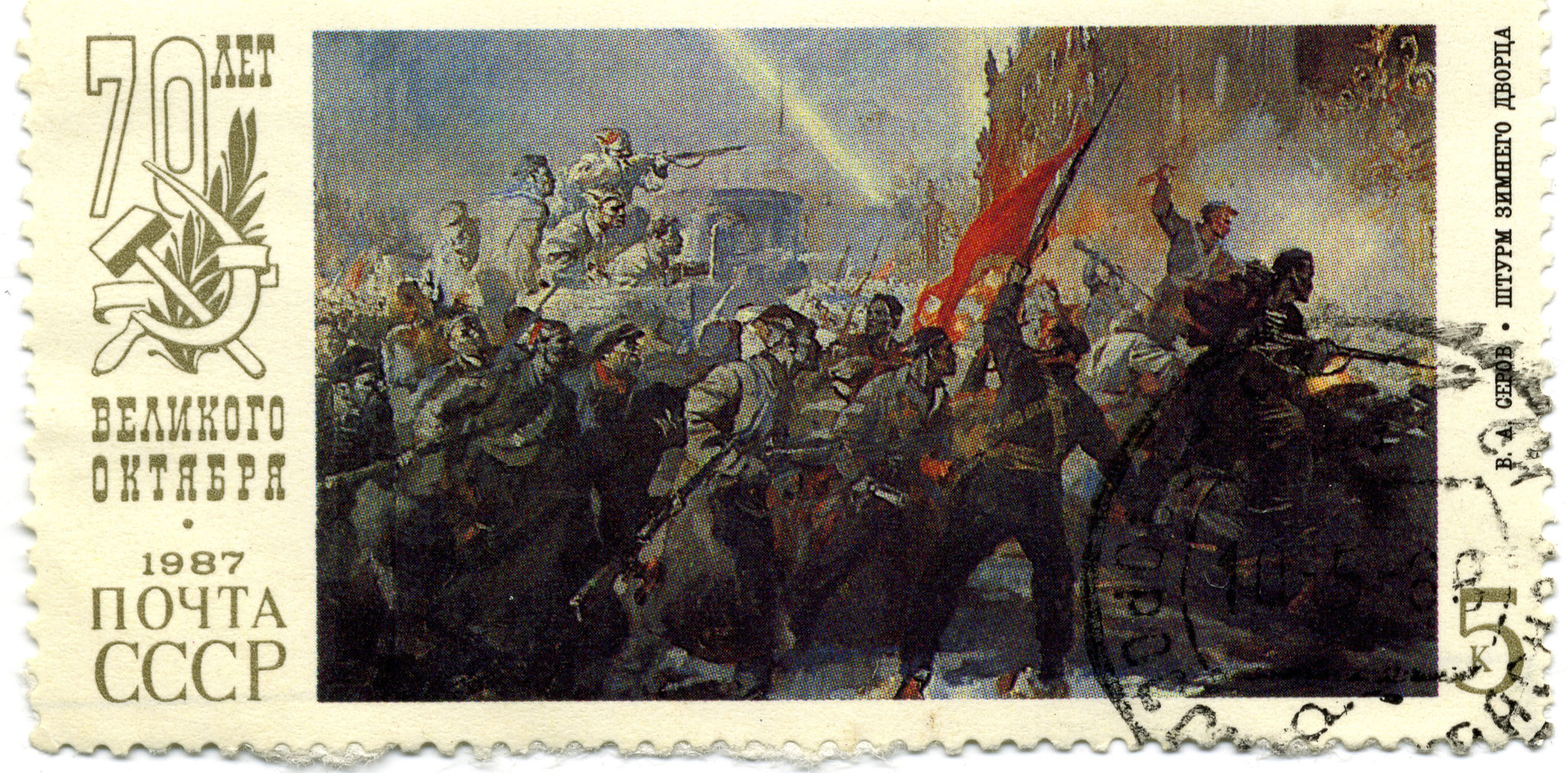The Evolution of Political Dissent in Russia: A Historical Perspective
Introduction to Political Dissent in Russia
Political dissent has been a significant aspect of Russian history, reflecting the nation's complex political landscape. From tsarist rule to the present day, dissenters have played a crucial role in shaping Russia's political evolution. This blog post delves into the history of political dissent in Russia, examining key periods and movements that have defined opposition throughout the centuries.

The Tsarist Era: Early Forms of Dissent
The roots of political dissent in Russia can be traced back to the tsarist era, where opposition to autocratic rule began to surface. During this period, dissent was often expressed through literary works and clandestine meetings, as open criticism of the tsarist regime was met with severe punishment. Intellectuals and reformists, like the Decembrists, laid the groundwork for future movements by challenging the status quo and advocating for constitutional reform.
Despite harsh crackdowns, these early dissenters set a precedent for future generations. Key figures such as Alexander Herzen and Mikhail Bakunin became influential voices, promoting revolutionary ideas that inspired many Russians to question their government's authority.
The Revolutionary Movements of the 20th Century
The early 20th century marked a significant turning point in Russian political dissent with the rise of revolutionary movements. The 1905 Revolution was a pivotal moment, as it demonstrated the growing discontent among the working class and peasants. The subsequent February and October Revolutions of 1917 led to the fall of the tsarist regime and the establishment of Bolshevik rule.

The Bolsheviks' rise to power did not end political dissent; instead, it transformed its nature. Under Lenin and later Stalin, dissent was harshly repressed, with purges and show trials becoming tools of state control. Nevertheless, underground movements persisted, and individuals like Leon Trotsky continued to voice opposition, despite facing severe consequences.
Dissent During the Soviet Era
During the Soviet era, political dissent took on new forms as citizens navigated a landscape of censorship and surveillance. Dissidents like Andrei Sakharov and Aleksandr Solzhenitsyn became prominent figures, using literature and science to challenge Soviet policies. The samizdat movement, a form of self-publishing, allowed dissidents to circulate banned literature and spread their ideas.
Despite the risks, these individuals and groups managed to keep the spirit of dissent alive, ultimately contributing to the gradual weakening of Soviet control. The Helsinki Accords of 1975 further bolstered dissent by providing a framework for human rights advocacy within the USSR.

Post-Soviet Russia: New Challenges and Opportunities
The collapse of the Soviet Union in 1991 brought new opportunities for political expression in Russia. However, the transition to democracy has been fraught with challenges. Under Vladimir Putin's leadership, political dissent has faced increasing restrictions, with crackdowns on protests and media censorship becoming more prevalent.
Despite these challenges, modern Russian dissenters continue to find innovative ways to express their views. Social media and digital platforms have become vital tools for organizing protests and sharing information. Figures like Alexei Navalny have emerged as central voices in contemporary Russian opposition movements.
The Future of Political Dissent in Russia
As Russia continues to navigate its complex political landscape, the role of dissent remains crucial. While historical patterns of repression persist, new technologies and global interconnectedness provide dissenters with novel opportunities to challenge authority. The evolution of political dissent in Russia is a testament to the enduring human spirit and the relentless pursuit of justice and freedom.
